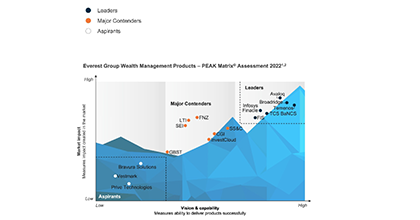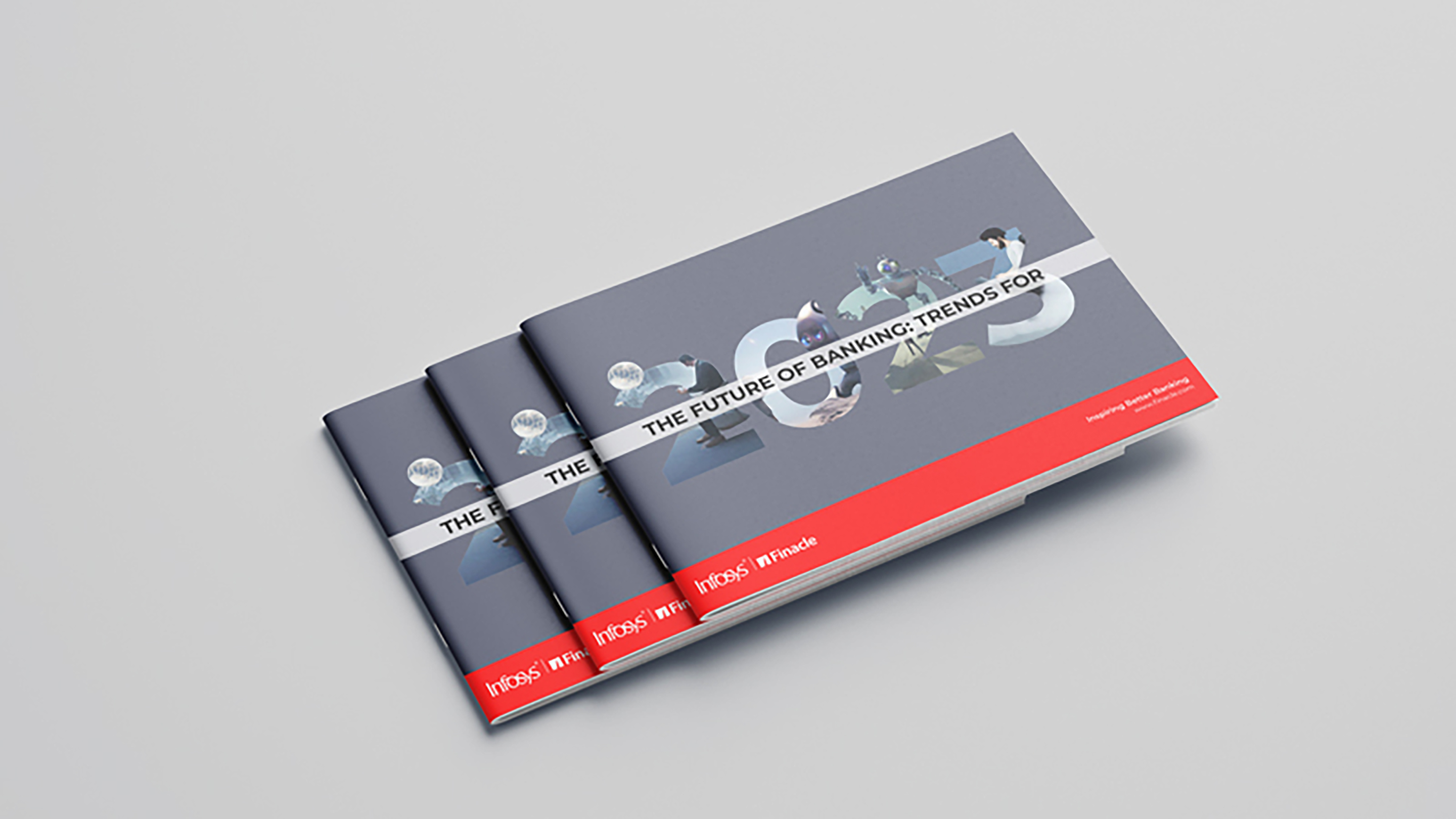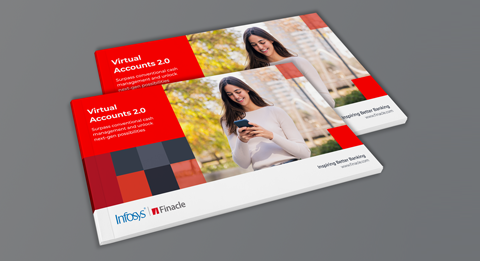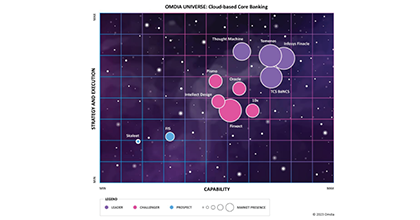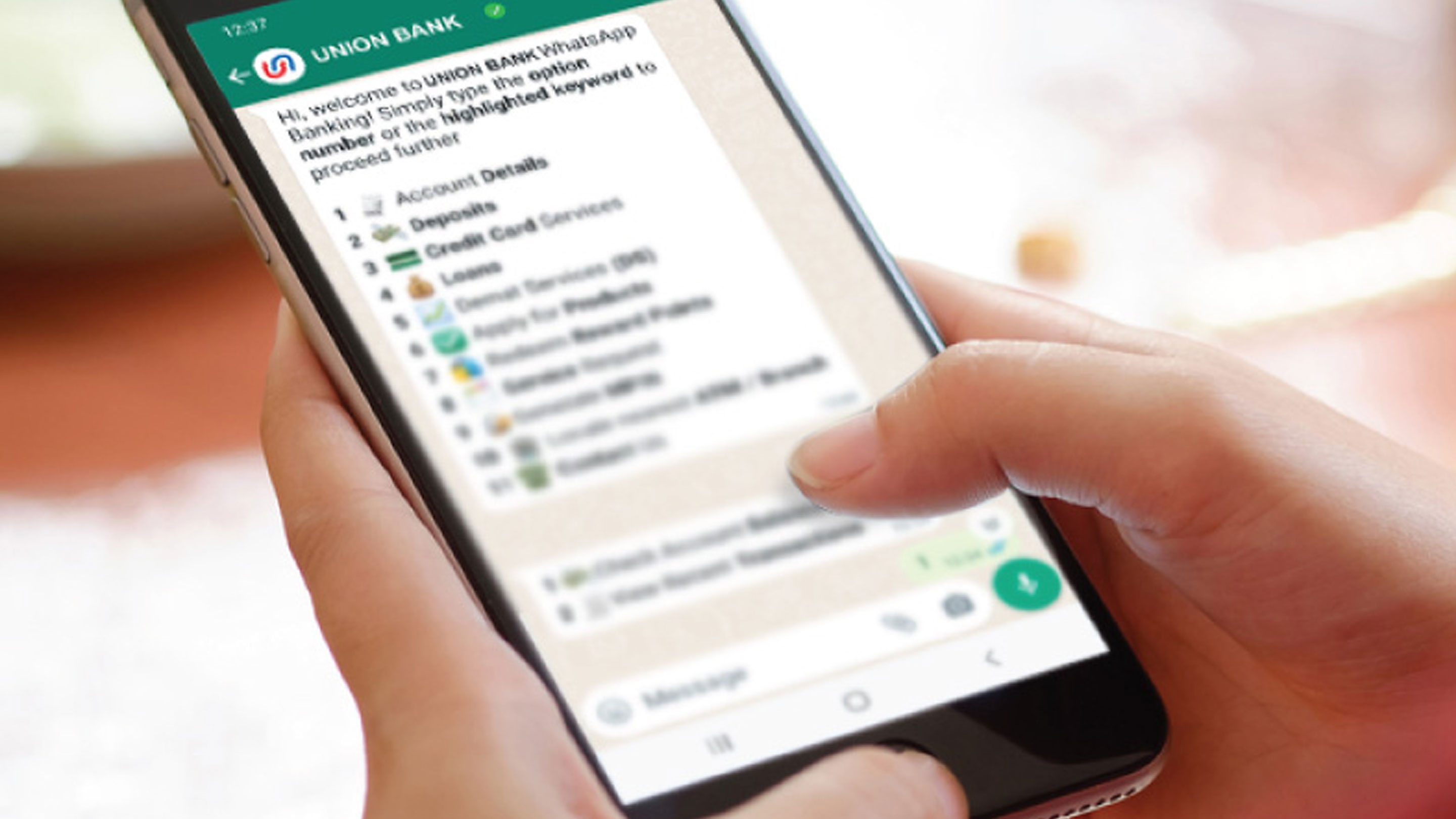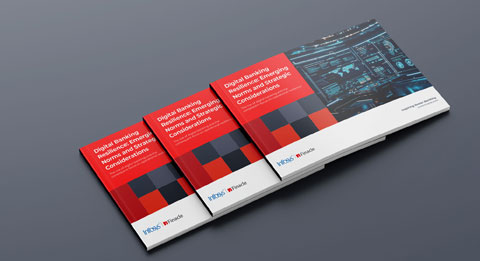Banks acknowledge that consumers’ transition to digital banking is both permanent and continuous, and their future achievements rely on developing banking experiences that combine the human touch with digital elements.
The “Innovation in Retail Banking” study1 covers interesting developments in banking in multiple areas. For example, digitization has transformed customer engagement to such an extent that branches, which used to account for 50 percent of bank transactions 20 years ago, have ceded 75 percent to 95 percent to digital channels in most banks.
However, fewer than 15 percent of the survey respondents of the “Innovation in Retail Banking” study believe that they have been extremely successful in digital customer engagement and digital account opening. An earlier report,2 identified that less than 10 percent of financial organizations can provide personalized financial recommendations, automated actions based on transactions, or lifestyle-related offerings using open API technology.
So, what are progressive banks doing differently to successfully scale digital engagement? The short answer: they are going beyond the basics. Here’s how:
Beyond Digital Channels
In a short span of time, transactions have swung from being mainly banker-assisted to almost entirely self-service digital interactions. According to Gartner’s3 projections, by the year 2025, approximately 37 percent of customers will experiment with utilizing a digital assistant for representing them in customer service interactions. It is critical for the bank to step in without delay with assistance offered on a text/audio/video chat, or via screen sharing, to resolve the problem or provide the required advice.
While customers can manage simple transactions on their own online, they often require assistance to resolve problems or complete complex processes, such as submitting a mortgage-application digitally; if they get stuck during the process and have no way of seeking help, they will likely abandon the application or drop out altogether.
So, what is the sweet spot for impactful and engaging customer interactions? The reality is that even the savviest customers expect to transition smoothly between self-service, banker-assisted service, and full-service channels for different – or sometimes the same – journeys. It is essential for banks to think beyond investing in just digital, self-service channels for engaging better with customers.
Beyond Interactions
While banks need to reimagine their channels, they cannot succeed at effective engagement without operating better. For example, when a customer submits a mortgage (or other) application, it triggers a multi-step process workflow inside the bank related to negative lists, credit rating, and loan eligibility, among others. Typically, because this cycle may involve substantial manual effort, it can be riddled with delay, inefficiency, and a lack of visibility, which creates friction in the customer experience despite the availability of digital self-service, partly-assisted and fully-assisted channels.
The reimagination of engagement processes cannot be restricted to the “interaction layer” alone. Instead, it must go all the way to the source of the friction in the “engine layer”. This calls for hyper-automating the various business processes such that the system is pulling all the required information from the concerned repositories – identity information repository, address and tax registries, credit rating databases, and more – and carrying out the required analysis for the loan approval. Based on the type of loan, amount and exceptions encountered, either it may be auto approved or submit to the loan officer for the necessary review and approval. Manual intervention is only required as an exception. This accelerates the process, providing customers with transparency and reliability.
Therefore, banks must go beyond reimagining interactions, all the way to (hyper) automating process orchestration till the engine layer for great customer engagement.
Beyond Own Offerings and Processing
Banking is the amalgamation of a very large number of processes. Banks will have well-defined steps, validations, and processing activities underlying their business processes. For example, the mortgage application approval cycle covered in the preceding section may have significant number of steps. Many of the steps require data from the external ecosystem. It is necessary to integrate and connect with various ecosystem participants – identity repositories, tax registries, and more, to ensure that the data can be accessed and fed automatically into the bank’s systems. This is apart from leveraging Fintech solutions for improving engagement, automation, security, and personalization.
In other words, banking processes should be designed for interdependence with their ecosystems. Trends such as open finance are driving banks to collaborate with their ecosystem partners to innovate, create, and deliver new products and services.
This means that banks must look beyond their own offerings and processing for better innovation and digital engagement.
Beyond Transactional Data
Banks are home to vast troves of data, the bulk of which is not leveraged to maximize gains. They need to fully leverage this information and look beyond transaction data. What does this look like? Traditionally, interactions between a bank and their customers were “stateless”. After a customer completed a transaction on a self-service or assisted channel, the interaction would conclude, and would have no linkage with the customer’s subsequent transactions. Banks were not using these opportunities to build a comprehensive customer profile and complete a “real KYC” beyond rudimentary verification of identity, address, and tax information.
However, progressive banks are engaging customers better by looking beyond transaction data at other information, such as income, expenses, lifestyle, channels, and risk profile, among others. This data is then used to deepen customer understanding, and ploughing back that insight to personalize products, services, and experiences. For instance, if a customer’s utility bill is suddenly higher than usual, or a rental payment is missed, or a login is detected from a new browser or location, the system can automatically invoke exception-handling mechanism, including simple alerting.
By 2025, around 60 percent of service organizations will embrace analytics technologies to complement conventional surveys, utilizing voice and text interactions with customers for analysis purposes. According to experts4, 74 percent of customers are open to sharing additional data as long as they receive improved services or products in return. Such data can be applied to various scenarios like frequent, recent, and relevant transactions in the dashboard, creating personalized transaction templates, contextual insights, and personalized alerts.
Although they have made some progress, most traditional banks are still some distance away from this level of personalization. To get there, they must unify engagement rules, unify customer data and insights, which can then be deployed to personalize products, interactions, controls, and processes.
Scaling Success by Maximizing Customer Engagement
While banks have made some progress in digital engagement, they still have a long way to go to attain the kind of success they expect to achieve. To get there, they must go beyond the basics in four key areas:
- Digital channels – include banker-assisted channels at the point of need
- Interaction layer – incorporate strategic changes within the engine layer for business process hyper automation
- In-house products and processes – create agile and collaborative ecosystem so partnerships can be leveraged for innovation
- Transactional data – Make the most of available data to hyper-personalize products, services, and experiences
Reference:
1. Innovation in Retail Banking 2023 – Authored by Jim Marous and co-commissioned by Infosys Finacle and Qorus
2. Maximizing Digital Banking Engagement – Presented jointly by Infosys and Qorus, and authored by Jim Marous
3. The Future of Customer Service: 5 Emerging Trends To Watch – Gartner
4. How UK banks can meet customer needs in the future | EY UK – EY


